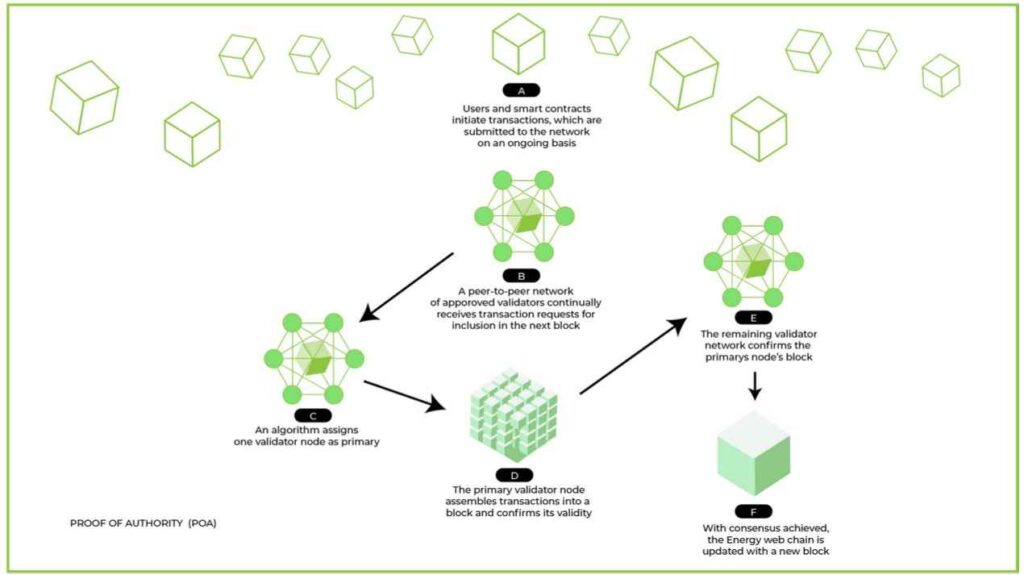
Understanding the Dynamics of Public and Private Blockchain Networks
Introduction
In the ever-evolving landscape of digital technology, blockchain has emerged as a revolutionary force, promising secure and transparent transactions across various industries. Within the realm of blockchain, there exist two primary variants: public and private networks. Understanding the nuances between these two is crucial for businesses and individuals seeking to leverage blockchain technology effectively.
Public Blockchain: Decentralized Transparency
Public blockchains operate on a decentralized network, where anyone can participate in the validation process and view the ledger. This transparency is a cornerstone of public blockchains, as it ensures trust among users and eliminates the need for intermediaries. Bitcoin and Ethereum are prime examples of public blockchain networks, where transactions are open for scrutiny by anyone with internet access.
Private Blockchain: Controlled Accessibility
In contrast, private blockchains are operated by a single entity or a consortium of entities, allowing for more control over access and permissions. These networks are often used in enterprise settings, where data privacy and confidentiality are paramount. Participants in a private blockchain network must be granted permission to join, making it ideal for businesses that require a higher level of security and regulatory compliance.
Scalability and Performance
When comparing public and private blockchains, scalability and performance are significant factors to consider. Public blockchains, due to their decentralized nature, often face challenges in scalability, with transaction throughput being a limiting factor. On the other hand, private blockchains, with fewer participants and controlled access, can achieve higher transaction speeds and scalability, making them more suitable for enterprise applications with high transaction volumes.
Security and Trust
Security is another critical aspect to consider when evaluating blockchain networks. Public blockchains rely on cryptographic algorithms and consensus mechanisms to ensure the integrity of transactions, making them inherently secure. However, the openness of public blockchains also exposes them to potential security vulnerabilities, such as 51% attacks. Private blockchains, while offering greater control over access, rely on traditional security measures implemented by the network operators.
Use Cases and Applications
The choice between public and private blockchains often depends on the specific use case and requirements of the application. Public blockchains are well-suited for applications that require transparency and decentralization, such as cryptocurrency transactions and supply chain tracking. Conversely, private blockchains find applications in industries where data privacy and regulatory compliance are paramount, such as healthcare and finance.
Regulatory Considerations
Regulatory considerations also play a significant role in the adoption of blockchain technology, particularly in industries subject to strict compliance requirements. Public blockchains, with their decentralized nature, may face regulatory challenges in certain jurisdictions, where authorities seek to exert control over financial transactions and data privacy. Private blockchains, with their controlled access and permissions, offer businesses more flexibility in navigating regulatory frameworks.
Interoperability and Integration
Interoperability, or the ability of blockchain networks to communicate and share data with each other, is a growing concern in the blockchain space. Public blockchains often face challenges in interoperability due to differences in protocols and consensus mechanisms. Private blockchains, on the other hand, can be tailored to specific interoperability standards, making them more conducive to integration with existing systems and networks.
Future Outlook
As blockchain technology continues to mature, the distinction between public and private networks may become less pronounced. Emerging concepts such as consortium blockchains, which combine elements of both public and private networks, offer new possibilities for collaboration and interoperability. Ultimately, the choice between public and private blockchains will depend on the unique requirements and objectives of each application or use case.
Conclusion
In conclusion, the dynamics of public and private blockchain networks present distinct advantages and challenges for businesses and individuals alike. Understanding the differences between these two variants is essential for making informed decisions regarding the adoption and implementation of blockchain technology. Whether seeking transparency and decentralization or prioritizing data privacy and scalability, the choice between public and private blockchains will shape the future of digital transactions and innovation. Read more about public and private blockchain









